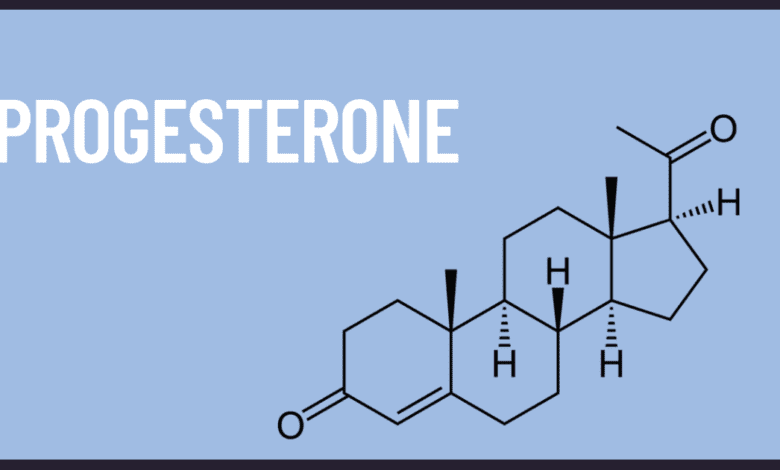Progesterone Is Just as Important as Estrogen for Women’s Health

It’s time to bring progesterone into the conversation about women’s health. That’s according to Canadian endocrinology professor Jerilynn Prior in her paper “The female reproductive system as balanced estradiol and progesterone action—a revolutionary, paradigm-shifting concept in women’s health.” In the paper, Professor Prior makes the case that historically there has been a “cultural overemphasis on estrogen” while “progesterone tends to be ignored or associated with negative effects.”
How the science about progesterone got it wrong
Progesterone is both ignored and mistaken for side effects it does not cause. How did that happen?
For starters, progesterone was discovered after estrogen and thus missed the opportunity to be part of the perfect hormone dichotomy of “testosterone for men and estrogen for women.”
Next, early progesterone preparations are poorly absorbed orally. Therefore, progesterone is of little interest to “the scientists who discovered estrogen, the clinicians who treat estrogen and the pharmaceutical manufacturers who make estrogen, [who] everything works together.” (Modern preparations of oral micronized progesterone can be absorbed orally.)
Finally, progesterone is quickly replaced by synthetic progestins in both research and treatment, even progestins have different (and sometimes opposite) effects compared to progesterone. The side effects and risks of progestins have since been mistakenly attributed to progesterone. For example, progestin increases the risk of breast cancer, but progesterone decreases the risk.
Estrogen and progesterone work together to build long-term health
Women have two main ovarian hormones, not one, and physiologically, estrogen and progesterone work as a team. For example, the pre-ovulatory surge of estrogen (estradiol) is necessary for ovulation and the production of progesterone. Estrogen also works in every tissue to promote progesterone receptors.
In turn, progesterone balances estrogen in all parts of the body, including:
- the uterus, where progesterone thins the lining while estrogen thickens it;
- the brain, where progesterone calms while estrogen stimulates;
- the breasts, where progesterone helps slow cell division, while estrogen increases cell division.
Progesterone can also promote ovulation by providing important hormonal feedback to the hypothalamus.
👉🏽 Did you know? In a blood test, a good peak progesterone level of the luteal phase is 80 nmol/L which is 100 times more than an average peak estradiol level of 800 pmol/L (0.8 nmol/L).
Together, estrogen and progesterone promote long-term health of the brain, bones and cardiovascular system. As Professor Prior states in his paper, “normal ovulatory cycles during a woman’s long reproductive life span are necessary to prevent osteoporosis and fractures, heart attacks, and breast and endometrial cancers in women’s older years. ” Each ovulatory cycle is like a deposit in the bank account of long-term health.

Are you making enough progesterone?
Always ovulation the menstrual cycle is the only way to produce progesterone.
Meaning: An ovulatory cycle is a menstrual cycle in which your basal body temperature rises with ovulation and stays there for at least 11 days, indicating a healthy luteal phase.
Progesterone deficiency is caused by the following:
Progesterone as treatment
As Professor Prior explains in his paper, the first step in reclaiming progesterone is “to make visible the… presence or absence of progesterone” in a menstrual cycle. This can be done by tracking ovulation with temperatures and/or a progesterone test at home. Knowing if and when you ovulate is called body literacy.
Without progesterone, ovulation (and progesterone) can be restored by reducing stress, eating well, and promoting optimal overall health. See the Roadmap on progesterone.
👉🏽 Tip: According to American College of Obstetricians and Gynecologists (ACOG), ovulation is an expression of general health or a “monthly report card.”
If ovulation cannot be restored, progesterone can also be taken as cyclic progesterone therapy, which is a good treatment for PCOS, irregular cycles, and heavy perimenopause bleeding.
For more information about progesterone and PCOS, see my paper The central role of ovulatory disturbances in the etiology of androgenic polycystic ovary syndrome (PCOS)—Evidence for treatment with cyclic progesterone.
For more information about progesterone and perimenopause, see my book Handbook of Hormone Regulation.






